|
Above the snow line, a lone climber is in serious trouble after falling from a steep peak and injuring her leg. The wound is bleeding badly, but she hasn’t yet lost consciousness. With frozen fingers she gropes for her mobile phone and speed dials the number of the only people who can now save her - the mountain rescue team. In our Mantle of the Expert lesson we became a Mountain Rescue Team (MRT) and rushed to help a climber who had become injured on the mountainside. In our teams we conversed with the climber on the phone, asking a number of important questions to establish what had happened and what our next steps needed to be. In small teams we wrote a list of necessary equipment and quickly loaded the helicopter with the required resources. We appointed a ground team of staff who maintained contact with the helicopter rescue team via walkie talkie and sent a team of experienced helicopter pilots and medically trained mountain rescue team members to rescue the injured climber from the mountainside. We used tools such as a winch and stretcher to safely remove the climber and return her to our Mountain Rescue Base for further medical assessment. It was touch and go as the wind and the snowstorm blew our rescue team around in the air but, by the skin of their teeth, they managed to return her safely to the ground. Back at the base, our team of medical experts assessed the patient and decided her leg injury was severe and she needed to be transported to the local hospital for further treatment immediately. Here, we ended the Mantle but the climber's life was still in the balance at this point. I therefore asked the children to consider how they imagined the story would end. In small groups I asked them to imagine the climber 5 years down the line (5 years after the accident had occurred). What would she be doing? Who would she be with? How was her health? The children were asked to freeze frame a photograph showing their ending and one group at a time they explained what had happened to the climber in their story:  The climber had to have her leg amputated but she survived the accident and made a full recovery (minus one limb). As a thank you to the two mountain rescue medical team members, who saved her life on the mountainside, she takes them to a football match every year. Here they are at Wembley, watching a cup final together.  The climber survived, but had one leg amputated as a result of the accident. After this, her mental health suffered and she became depressed. Two of the mountain rescue team members kept in touch with her and still visit her regularly to check in and make sure she is coping. They've helped her to overcome her depression.  After the rescue, things took a turn for the worse and the climber ended up in a coma. Five years down the line she has woken from her coma but still has to have regular medical treatment to keep her alive.  The climber survived but her leg injury was so severe that they could not save it and had to amputate one leg. Five years later, she is fundraising for the Mountain rescue and Air Ambulance teams with all of her family members (including her granny) who are all so grateful to the rescue teams for saving her and giving them this precious time with her.
0 Comments
We discussed the Universal Declaration of Human Rights which was put together after World War 2 as a way to protect everyone’s basic rights. We discussed what rights we are ALL entitled to as humans (internationally). We then looked at an image and discussed all the rights which people were enjoying in the picture: Children in school (education), sharing religion and enjoying leisure activities. And then considered rights which were being denied: Prisoners freedom and homeless people's right to having a place to live. Finally we researched and created posters about Malala Yousafzai, a Pakistani activist who showed great courage when she fought for girls' education and survived a Taliban attack when she was just 15 years old.
We kicked off our Mountains topic by designing our very own Mountain Rescue centre. In teams we drew floor plans for our rescue centres and thought hard about what they might have inside them.
One group drew a simulation room; for simulating rescue scenarios to train staff and prepare trekkers. This led us into freeze framing some photographs of mountain rescues in action to display around the rescue centre and to recreate in the simulation room as training exercises. As mountain rescue experts we reflected on how tough it may be attending mountain rescue situations and how we might feel during and after these high risk rescue situations. We worked hard to show not tell these emotions in our photograph freeze frames. Our mountain rescue team now has an established rescue centre full of necessary supplies and are ready for our first rescue mission. I hope you have all had a wonderful half term holidays and are ready for a jam packed half term before Easter!
Our Geography topic this half term is 'Mountains Around the World' and our Science topic focuses on 'Light'. Have a look at our knowledge organisers to find out more about what we will be covering! This half term we also have swimming lessons every Thursday afternoon - so please remember your swimming kits EVERY Thursday! During Sleep Week we also recapped our internet safety messages and visited the ThinkUKnow website to refresh our internet safety knowledge.
What a relaxing week we had for this year's Sleep Week.
As always we completed our sleep week diaries and carried out lots of research into the importance of sleep, how many hours we should be getting each night, relaxing bedtime routines and the importance of a calm and tidy sleep environment. We also learnt about lots of interesting sleep disorders in our Guided Reading session. We carried out lots of mindfulness and yoga style/relaxation practises throughout the week. Mrs Vaughan led a relaxing story massage session where she read a calming story and we massaged our partners backs with moves linked to the story. We planted bulbs and seeds to take home and completed our sleep week with some smelling and tasting of herbal teas followed by a pyjama day!  We discussed what choices we are required to make on a daily, weekly and annual basis and how significant these choices are. We then considered who affects the choices and decisions we make. We ranked these people/things based on how much influence they have on us and discussed that as we get older different people and things will start to influence us more. We discussed how it is important to also think for ourselves and not just follow the crowds or allow ourselves to be influenced when we don't wish to be! We researched Charles Darwin and his theory of evolution and natural selection. We found out about Darwin's finches theory. We then carried out a practical investigation into whether the shape and size of a bird's beak effects the amount of food it can collect. We used tweezers, scissors, a spoon and a peg to mimic different shaped and sized bird beaks. We then had a selection of different food types - elastic bands (worms), cocktail sticks (caterpillars) pom-poms (berries) and paper clips (insects) to collect. Each person in the class chose one beak type and collected as many food items as they could in 30 seconds. We then calculated the average amount of each food type collected by each beak and recorded our data as a bar chart.  It was clear that the spoon beak was most effective at collecting paper clips and pom-poms and so, this bird was best suited to living on an island with insects and/or berries available. The tweezer beak collected the most elastic bands, so this bird would be most suited to living on an island with an abundance of worms. The peg and scissors beaks, although not the most effective at collecting one particular food, were able to collect all food types in nearly equal amounts so would be best living on islands with diverse food options available. They would manage to survive by eating a mixed diet. Charles Darwin found similar results: We visited St John's Ambulance and read their advice on treating minor and serious head injuries. We then considered what we would do in the following scenario...
We watched an NSPCC video called 'Lucy & The Boy' in which a young girl shares a photo of herself on social media and starts messaging someone she doesn't know who likes the picture. The 'boy' turns out to be a grown man and tries to meet up with Lucy in person. NSPCC Share Aware Lucy & The Boy... - VideoLink We took notes as we watched the video and discussed stranger danger. We then discussed as a class rules for staying safe online.
|
AuthorThis is the blog of Shamrocks' Class (Year 6) Archives
April 2024
Categories |







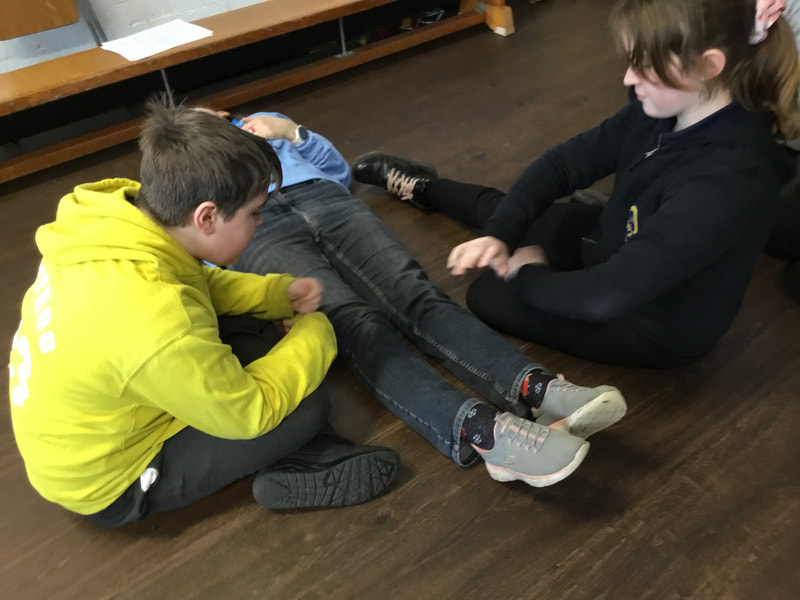



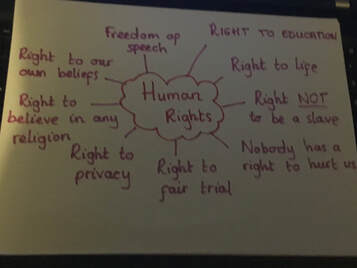
















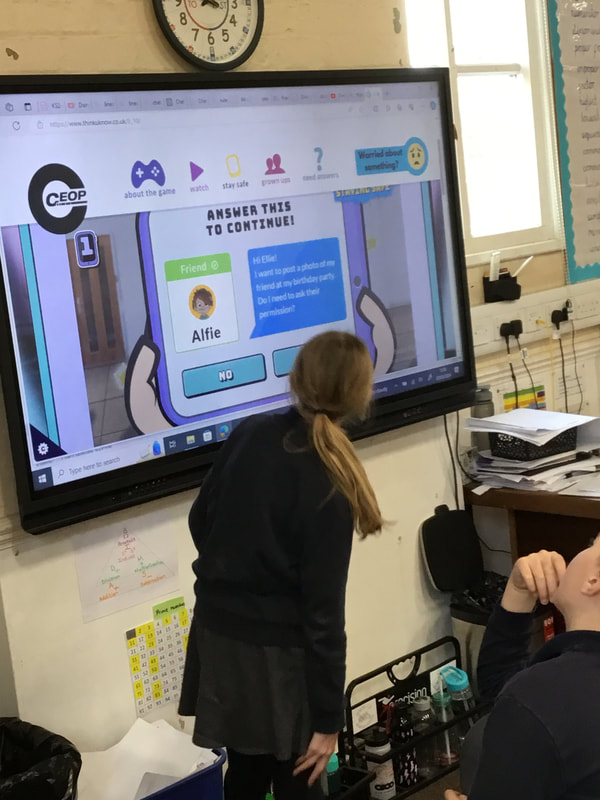







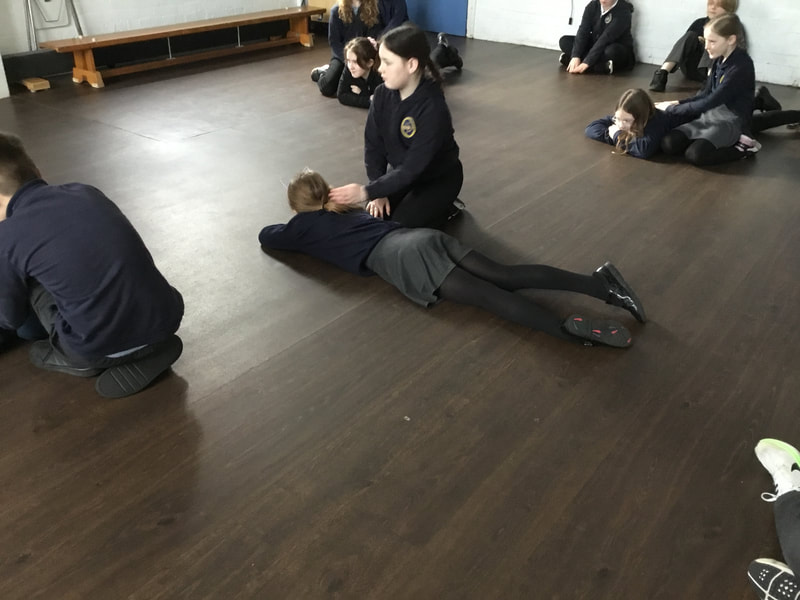



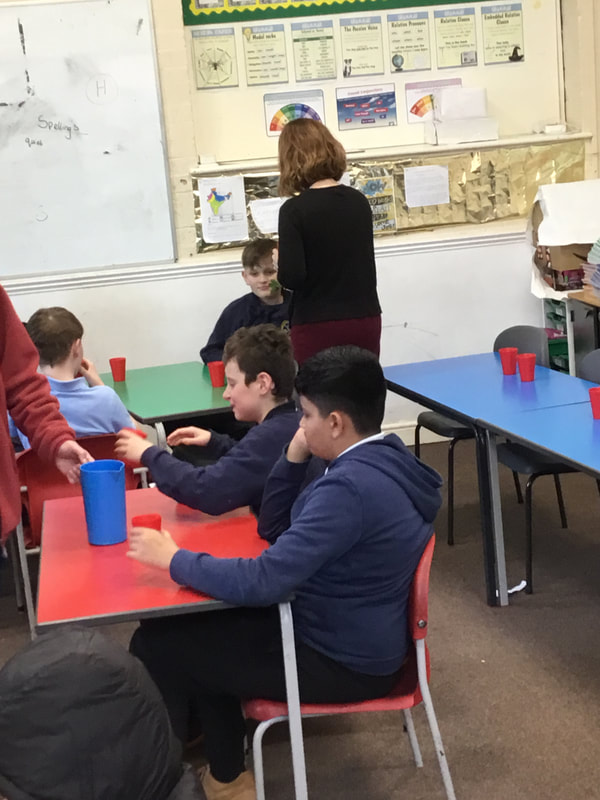


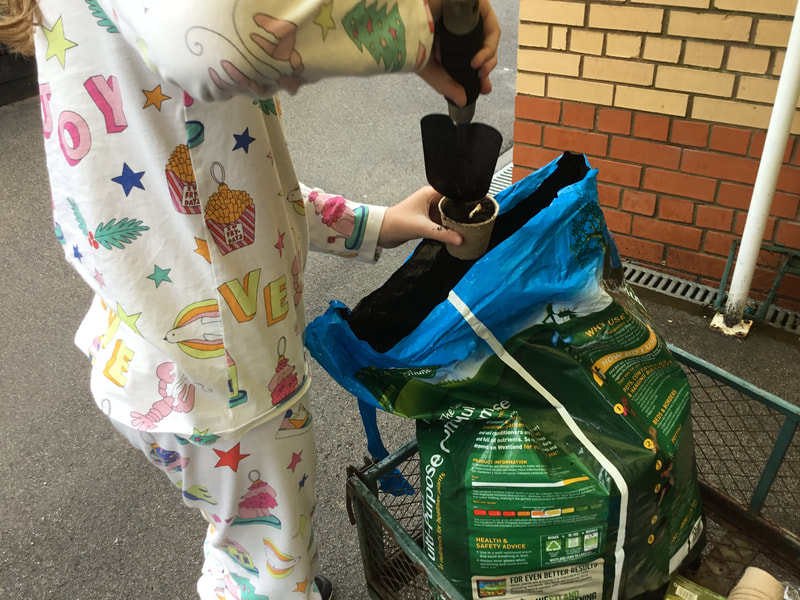













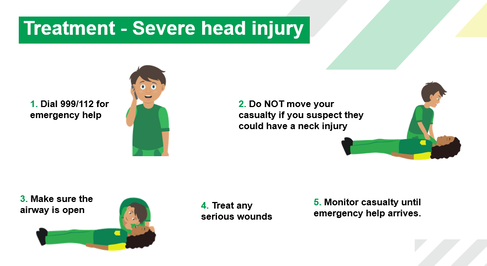

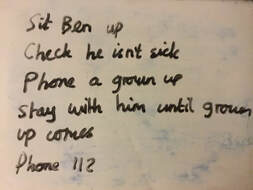


 RSS Feed
RSS Feed